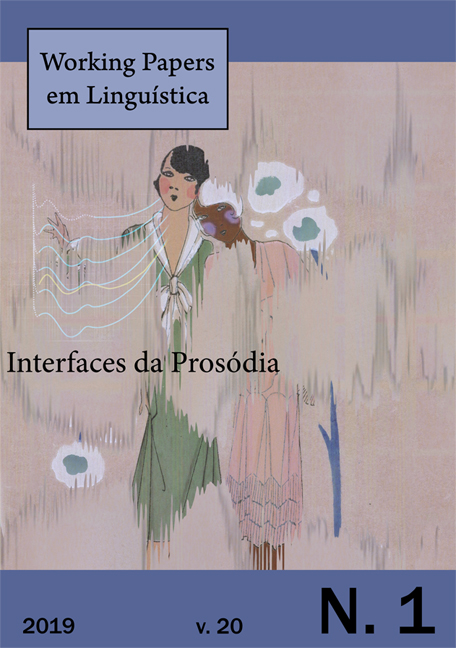Investigation of prosody and language in mother-baby interaction
DOI:
https://doi.org/10.5007/1984-8420.2019v20n1p172Abstract
Child-directed speech, also referred to as motherese, has some specific prosodic patterns that attract the baby to interaction and contribute to the entrance of the baby into the universe of language. Under this perspective, this quantitative and qualitative, cross-sectional study aimed to investigate the relation between the prosodic patterns of maternal speech and the constitution of the mother-baby interactive process, as well as discuss the importance of this early experience to the language acquisition process. Data collection was performed through a semi-structured interview with mothers and audio and video recording of the mother-baby interaction. The results obtained from the maternal speech spectrograms, analyzed in PRAAT® software, and from the baby’s reaction show that the mother ideates her child as a dialogical partner, and that both are attracted by the specific prosodic properties of motherese, given by decreased speech rate and increased vocal range, which reveals that maternal prosody performs a linguistic function since the early months of life. It is expected that this research will support the acknowledgement of maternal prosody’s relevance to mother-baby interaction, through which it is possible to follow the linguistic development of the baby, in addition to enabling the early detection of disturbances.Downloads
Published
2019-09-03
Issue
Section
Artigos
License
Copyrights belong to the authors, who allow the Working Papers em Linguística journal to publish their work. Total or partial reproduction requires the Editorial Board's authorization. Names and adresses in this website are exclusively used for the journal's purposes and are not available for other purposes and/or third parties.
![]()
This publication is licensed under Creative Commons - Attribution-NonCommercial - 4.0 International.


